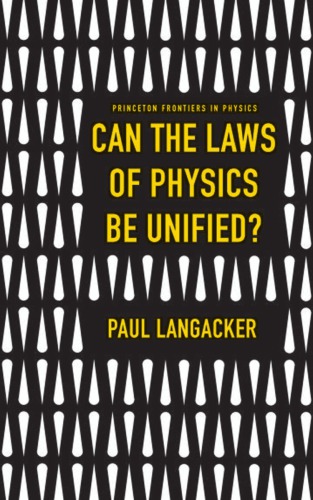

Most ebook files are in PDF format, so you can easily read them using various software such as Foxit Reader or directly on the Google Chrome browser.
Some ebook files are released by publishers in other formats such as .awz, .mobi, .epub, .fb2, etc. You may need to install specific software to read these formats on mobile/PC, such as Calibre.
Please read the tutorial at this link: https://ebookbell.com/faq
We offer FREE conversion to the popular formats you request; however, this may take some time. Therefore, right after payment, please email us, and we will try to provide the service as quickly as possible.
For some exceptional file formats or broken links (if any), please refrain from opening any disputes. Instead, email us first, and we will try to assist within a maximum of 6 hours.
EbookBell Team

4.1
80 reviewsThe standard model of particle physics describes our current understanding of nature's fundamental particles and their interactions, yet gaps remain. For example, it does not include a quantum theory of gravity, nor does it explain the existence of dark matter. Once complete, however, the standard model could provide a unified description of the very building blocks of the universe. Researchers have been chasing this dream for decades, and many wonder whether such a dream can ever be made a reality.
Can the Laws of Physics Be Unified? is a short introduction to this exciting frontier of physics. The book is accessibly written for students and researchers across the sciences, and for scientifically minded general readers. Paul Langacker begins with an overview of the key breakthroughs that have shaped the standard model, and then describes the fundamental particles, their interactions, and their role in cosmology. He goes on to explain field theory, internal symmetries, Yang-Mills theories, strong and electroweak interactions, the Higgs boson discovery, and neutrino physics. Langacker then looks at the questions that are still unanswered: What is the nature of the mysterious dark matter and dark energy that make up roughly 95 percent of the universe? Why is there more matter than antimatter? How can we reconcile quantum mechanics and general relativity?
Can the Laws of Physics Be Unified? describes the promising theoretical ideas and new experiments that could provide answers and weighs our prospects for establishing a truly unified theory of the smallest constituents of nature and their interactions.